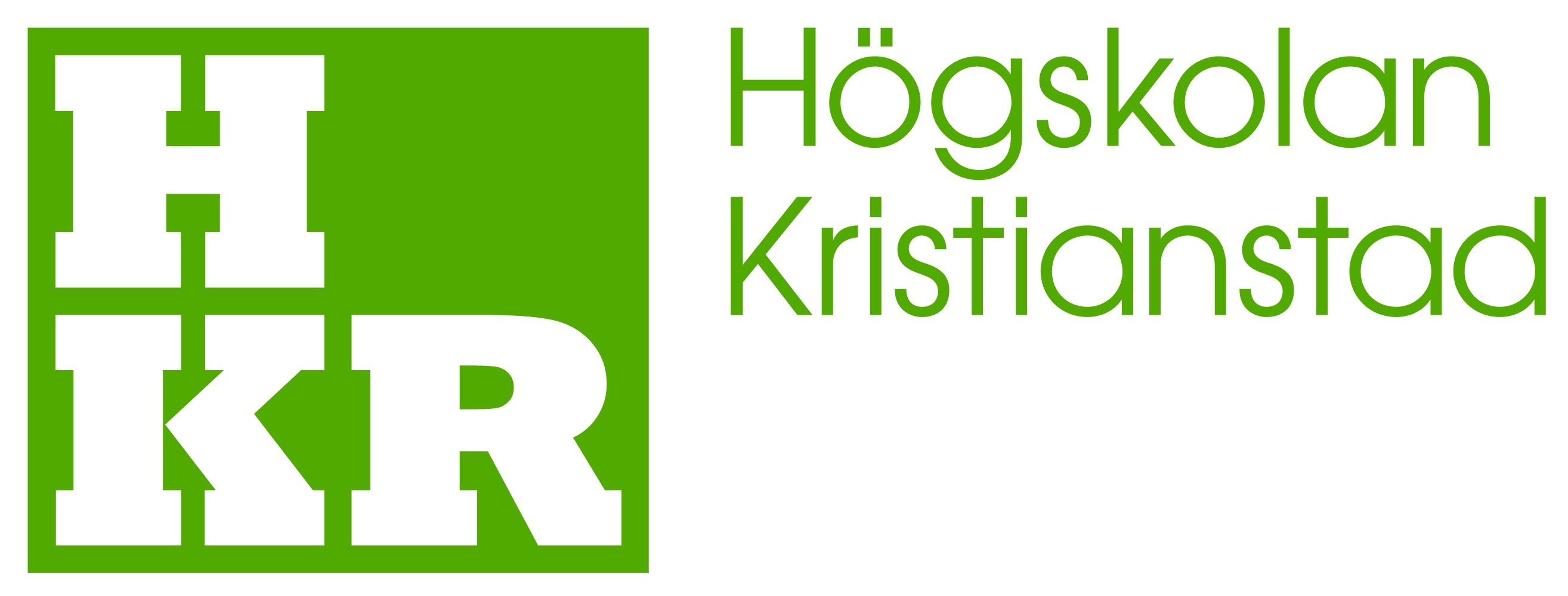The language of mathematics : telling mathematical tales / Bill Barton.
Språk: Engelska Serie: Mathematics education library ; 44Utgivningsuppgift: New York ; London : Springer, 2007Beskrivning: x, 186 sISBN:- 9780387728582
- 0387728589
- 9780387929378
- 510.14 22
- Eabt
- Ta
| Exemplartyp | Aktuellt bibliotek | Placering | Hyllsignatur | Status | Streckkod | |
|---|---|---|---|---|---|---|
| Bok | Biblioteket HKR | Biblioteket | 510 Barton | Tillgänglig | 11156000166460 |
Förbättrade beskrivningar från Syndetics:
Abstract: An outline of the structure of the book is presented, making the argument that the language we use for everyday mathematical ideas presents us with valuable evidence and insights into the nature of mathematics. Keywords: mathematical discourse, nature of mathematics I begin the book by looking at the way people speaking different languages talk about mathematical ideas in their everyday conversation. I end up questioning some common beliefs about mathematics, its history, and its pedagogy. The way we (English speakers) use numbers, the way we give directions, the way we express relationships, are all so commonplace that it is hard to imagine any other way of expressing these ideas. We take for granted the structures of the following sentences: There are four people in the room. The book costs forty-five dollars. Two and three are five. Turn left. Go straight on. The sun rises in the east. A dog is a mammal. He is not my father. I will either go shopping or read my book this afternoon.
Innehållsförteckning levererad av Syndetics
- Acknowledgements(p. vii)
- Prelude: Maori Mathematics Vocabulary(p. 1)
- Introduction(p. 7)
- Part I Speaking Mathematics Differently(p. 13)
- Chapter 1 Space: Points of Reference(p. 15)
- 1.1 Ways of Locating: Linguistic Features(p. 16)
- 1.2 Ways of Locating: Mathematical Systems(p. 18)
- 1.3 Linking the Linguistic and Mathematical Systems(p. 19)
- Chapter 2 Space: Static and Dynamic World Views(p. 27)
- 2.1 What are Verbal Shapes?(p. 28)
- 2.2 Birds and Orbits(p. 30)
- 2.3 European and Pacific Navigation(p. 33)
- 2.4 Linking the Linguistic and Mathematical Systems(p. 36)
- Chapter 3 Quantity: Trapping Numbers in Grammatical Nets(p. 41)
- 3.1 Emerging Numbers: Polynesian Languages(p. 42)
- 3.2 Numbers Trapped as Adjectives: Kankana-ey(p. 43)
- 3.3 Functioning Numbers: Dhivehi(p. 46)
- 3.4 Congruence of Language with Mathematics(p. 50)
- Part II Language and Mathematics(p. 55)
- Chapter 4 The Evidence from Language(p. 57)
- 4.1 Two Word Stories: Normal and Open(p. 57)
- 4.2 Reviewing the Evidence(p. 61)
- Chapter 5 Mumbling, Metaphors, & Mindlocks: The Origins of Mathematics(p. 65)
- 5.1 Gossip & Mathematical Talk(p. 65)
- 5.2 Cognitive Science Contributions(p. 70)
- 5.3 Fraction Systems(p. 73)
- 5.4 Historical Evidence(p. 78)
- 5.5 Social Influence on Choice(p. 80)
- 5.6 The Role of Communication(p. 82)
- 5.7 Metaphors(p. 88)
- 5.8 Mindlocks(p. 94)
- Chapter 6 A Never-Ending Braid: The Development of Mathematics(p. 99)
- 6.1 Pacific Navigation: Is It Mathematics?(p. 101)
- 6.2 A River or a Braid?(p. 105)
- 6.3 Snapping to Grid & Other Mechanisms(p. 108)
- 6.4 Rejection and Isolation(p. 113)
- 6.5 Mathematics, Society & Culture(p. 115)
- Chapter 7 What Is Mathematics? Philosophical Comments(p. 121)
- 7.1 Middle Earth(p. 121)
- 7.2 Mathematical Worlds(p. 124)
- 7.3 Wittgensteinian Mathematical Worlds(p. 127)
- 7.4 Mathematics and Experience(p. 130)
- 7.5 Recurrent History: Bachelard(p. 132)
- 7.6 Universal or Relative(p. 134)
- 7.7 Evidence, Reflections, & Consequences(p. 136)
- Part III Implications for Mathematics Education(p. 139)
- Chapter 8 Learning Mathematics(p. 141)
- 8.1 Conclusions Through Educational Eyes(p. 141)
- 8.2 Becoming a Better Gossip(p. 146)
- 8.3 From 1 to 100: Playing & Exploring(p. 149)
- 8.4 Creating Mathematics Through Talking(p. 152)
- 8.5 Some Thoughts About Teaching Mathematics(p. 154)
- 8.6 Notes on Assessment(p. 157)
- Chapter 9 Multilingual and Indigenous Mathematics Education(p. 161)
- 9.1 Untold Riches(p. 162)
- 9.2 Mathematical Discourse(p. 164)
- 9.3 Mathematics Education for Indigenous Peoples(p. 166)
- End Words(p. 173)
- References(p. 175)
- Index to Names(p. 183)
- Index to Subjects(p. 185)
